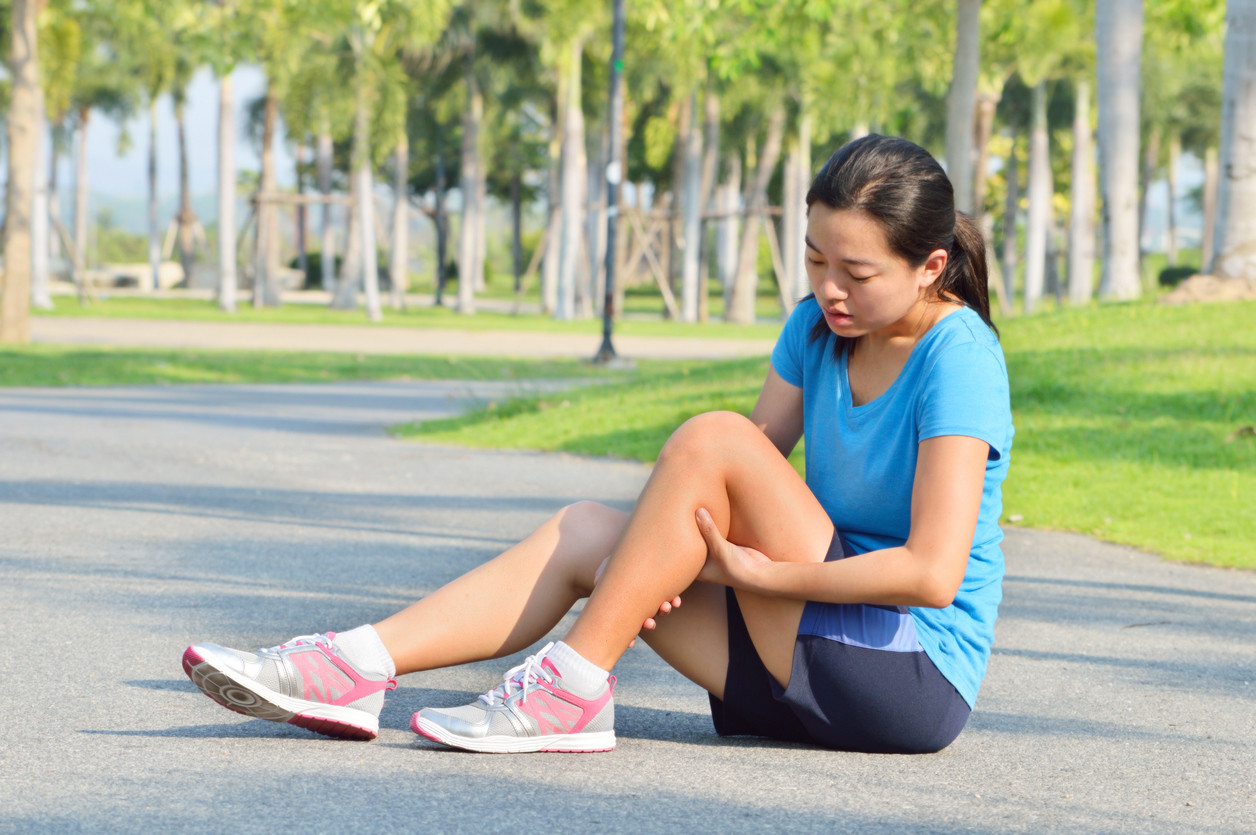¿Tienes un esguince en la pantorrilla? Siéntete mejor con estos consejos de tratamiento y ejercicios aprobados por un fisioterapeuta
Conoce los síntomas y causas más comunes de una distensión de pantorrilla y cómo tratarla en Inicio, especialmente con ejercicios de fisioterapeuta.
$0 costo para usted
Última actualización: Oct 23, 2025
El índice
Fully covered leg pain relief
Find relief from leg pain, calf pain, tight quads, & more.
Check if I'm eligibleEjercicios de fisioterapeuta para aliviar la distensión de la pantorrilla
¿Quiere atención experta? Comprueba si estás cubierto por nuestro programa gratuito →- Bombeo de tobillos
- Postura con una sola pierna
- Elevación de pantorrillas de pie
- Curl isquiotibial de pie
